A couple of years ago, while tracking down paintings for the Public Catalogue Foundation in the far north of Scotland, I had the chance to see a rarely displayed sequence of banners, created in 1993, telling the story of Earl Rognvald’s epic voyage to Jerusalem in 1151. Suspended between the pillars of the shadowy nave of St Magnus Cathedral in Kirkwall, the 14 huge paintings, the work of four different artists with words by George Mackay Brown, had an extraordinarily powerful and moving effect. The scale of the enterprise, the narrative, and the fact that it was the product of collaboration seemed to be as much a part of the success as the quality of the work itself. So when Alexander McCall Smith, in his introduction to The Great Tapestry of Scotland, describes an audience gripped by the display of 165 panels telling the story of Scotland, the work of more than 1,000 people, it has a certain resonance.
The tapestry is the brainchild of McCall Smith and springs from his admiration for an earlier sequence of embroideries telling the story of the Battle of Prestonpans. ‘Why not,’ he asks, ‘make a tapestry that tells all of Scotland’s story and do it for 2014, the Year of Homecoming, the Commonwealth Games in Glasgow, the Ryder Cup at Gleneagles, the 700th anniversary of Bannockburn?’
Of course there is something else happening in Scotland on 18 September 2014 that is giving more than the Scots cause to look at both their past and their future, but perhaps the date for that was not fixed when the tapestry was conceived. He then recruited the writer Alistair Moffat to select the subjects and write the text, the artist Andrew Crummy to draw up the designs and Dorie Wilkie to ‘supervise and inspire’ the stitching. Hers must have been a Herculean task and one it would be interesting to know more about. Almost all the panels are the work of groups — in one case of 33 people — and many are worked in different places, so the logistics cannot have been simple.
A plea too, to be told the size of the panels. But the bigger task must surely have been selecting the subject matter. To tell the history of Scotland from the shifting of tectonic plates, via Jacobites, Adam Smith, Fingal’s Cave and the oil industry to Dolly the Sheep in 165 snapshots is a parlour game with no easy answer, and everyone opening this book is going to be on the look out for omissions and inclusions with which to disagree. On the whole, however, most of the subjects that I thought were missing — Fair Isle knitting, marmalade, herring lasses, Alexander Graham Bell — turned up sooner or later, or were subsumed, in the case of people, into a compendium of ancestors and contemporaries which pretty well mopped up everyone. Glasgow Boys perhaps? The text tends to be more even-handed on the controversial episodes in Scottish history than it might well have been and only gently digs at such contemporary issues as the repatriation of cultural treasures or the recent record of the Edinburgh City Council.
Andrew Crummy’s graphic style lends itself to pictorial storytelling and the demands of collective folk art in a slightly uneven fashion. In the most striking panels, such as The Great Border Abbeys, there is a grace and elegance in the design that brings to mind Ben Nicholson’s spare drawings of ecclesiastical spaces. In others — Jacobite Rising, Royal and Ancient Golf Club, The Sinking of HMY Iolaire — bold shapes are brought alive with vibrant colour and inventive stitching. As with an illuminated manuscript, some of the most vivid details — many designed by the stitchers themselves — are in the marginalia.
But of course it is unfair to judge this massive undertaking from the printed page, and it is the real thing, on tour in Scotland in the New Year until it finds a permanent home, that McCall Smith would want us to see.
Got something to add? Join the discussion and comment below.
Get 10 issues for just $10
Subscribe to The Spectator Australia today for the next 10 magazine issues, plus full online access, for just $10.
Available from the Spectator Bookshop, £25. Tel: 08430 600033
You might disagree with half of it, but you’ll enjoy reading all of it. Try your first month for free, then just $2 a week for the remainder of your first year.

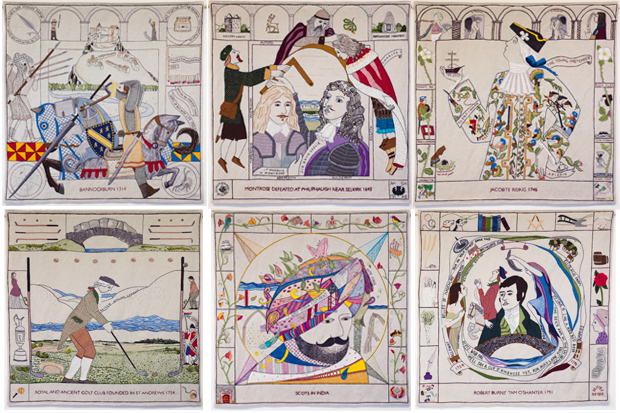
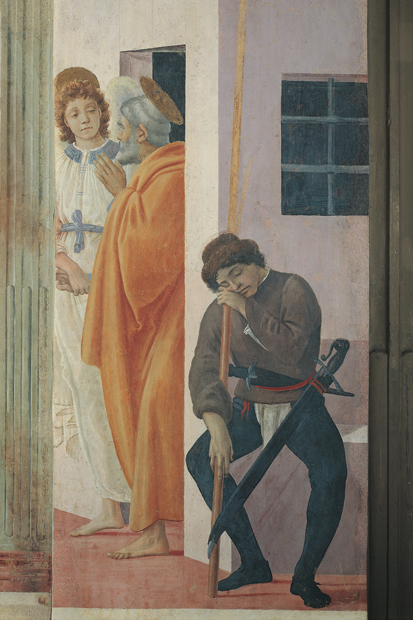
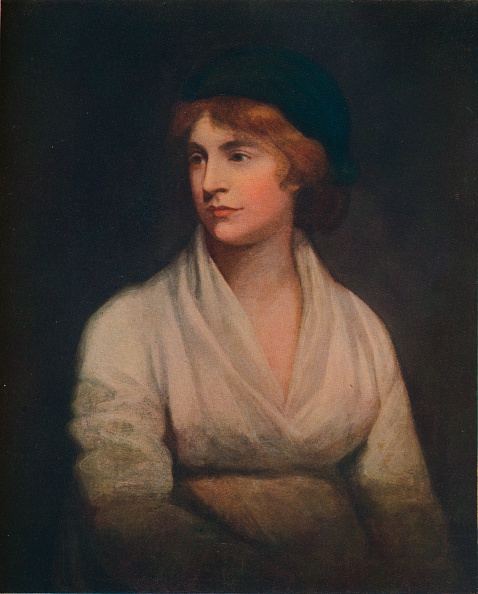

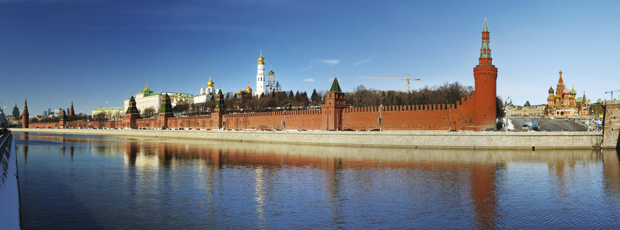
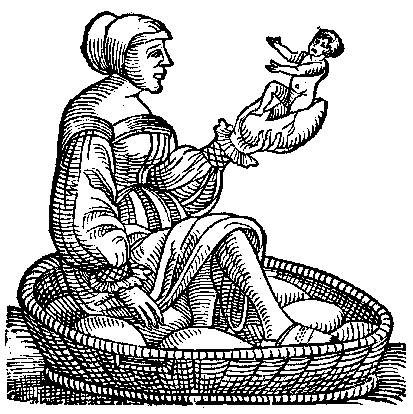
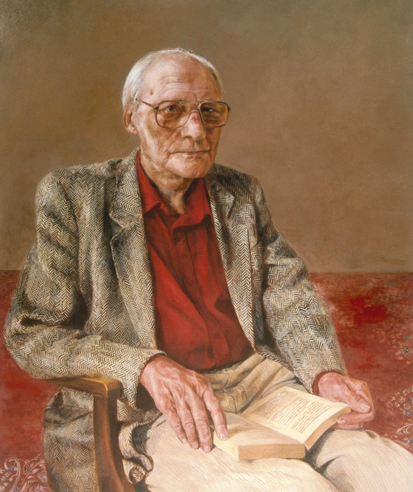






Comments
Don't miss out
Join the conversation with other Spectator Australia readers. Subscribe to leave a comment.
SUBSCRIBEAlready a subscriber? Log in